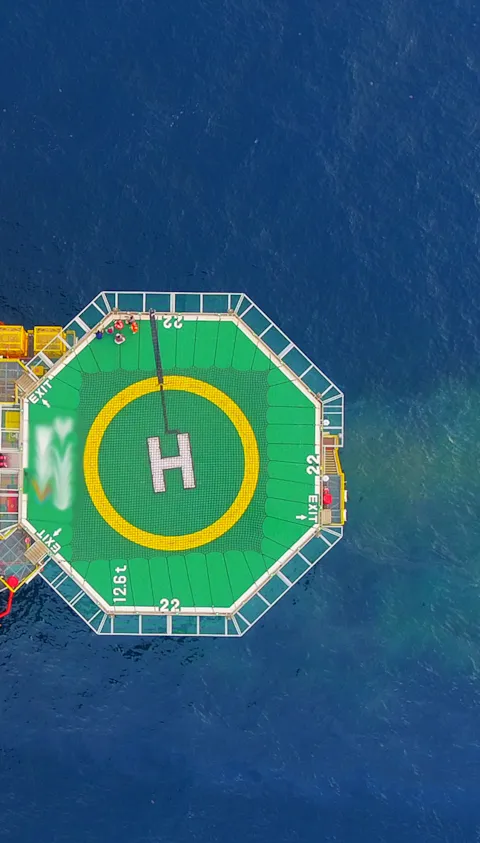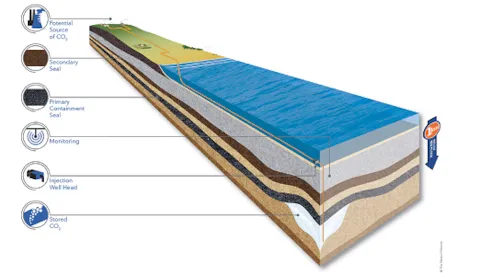

FOR GEOLOGICAL STORAGE OF CO2, IT IS FUNDAMENTAL TO CREATE CONFIDENCE THAT THE GEOLOGICAL FORMATIONS SELECTED FOR CO2 STORAGE ARE SUITABLE FOR THE PURPOSE
Storage formations need to deliver long-term emission reductions and not involve unacceptable risk. It is essential that the selection and qualification of storage sites is carried out in accordance with recognized codes, standards and work processes.
Challenges include:
- Qualification of storage sites
- Demonstration of permanence of storage
- Public concern (social license and consent)
- Development of cost-efficient and site-specific monitoring
- Component failure of the injection well causing release of concentrated CO2
- Transfer of ownership of storage sites to government.
DNV is creating confidence in sites and solutions for the long-term storage of CO2
DNV assess formations such as depleted oil or gas reservoirs and saline aquifers for the safe and permanent storage of CO2. We also continue to support projects employing CO2 for enhanced oil recovery (EOR).
Key services include:
- Verification of storage sites
- Permanence of storage
- Risk management
- Measurement, monitoring and verification
- Public concern
- Transfer of responsibility
- Consequence analysis of CO2 leaks and dispersion by computational fluid dynamics (CFD) modelling.
RECOMMENDED PRACTICES, GUIDELINES, PRODUCTS
DNV is the leader in the development of CCS recommended practices, guidelines and international standards.
PROJECTS

Energy Systems
